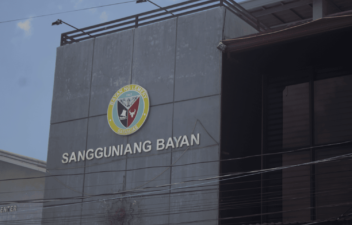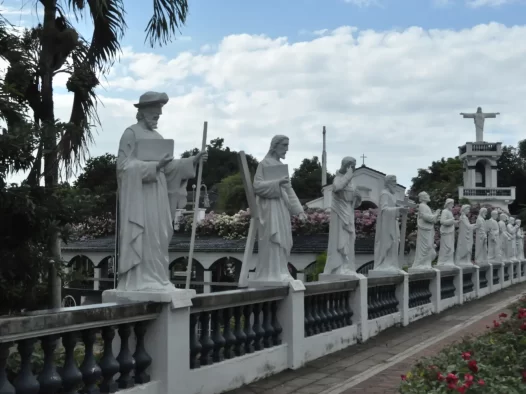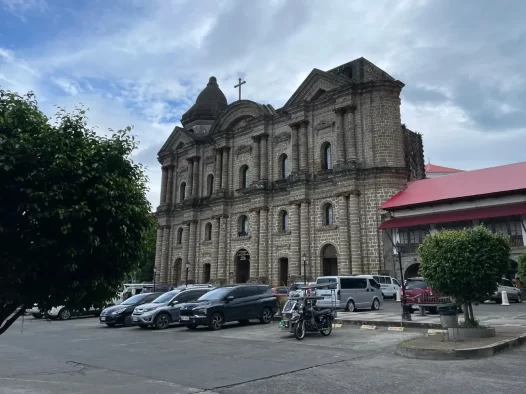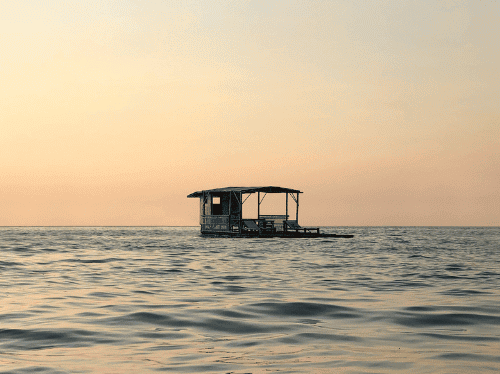Lemery
Lemery, a captivating municipality located in Batangas, Philippines, is celebrated for its abundant cultural heritage, breathtaking landscapes, and welcoming atmosphere. Located along the southwestern coast of Luzon, Lemery seamlessly combines urban convenience with the allure of natural beauty. With its stunning beaches, majestic mountains, and historical sites, Lemery offers a diverse range of experiences for both residents and visitors. The town’s strong sense of community and dedication to sustainable development further enhance its appeal, making Lemery an enticing destination that shouldn’t be missed when exploring Batangas.
From the moment visitors arrive in Lemery, they are greeted with a vibrant ambiance and warm hospitality. The municipality’s picturesque beaches beckon with crystal-clear waters and powdery sands, providing an ideal setting for relaxation and leisurely walks. For those seeking adventure, the surrounding mountains offer thrilling hiking trails and mesmerizing panoramas. Additionally, Lemery’s rich cultural heritage is evident in its historical sites, such as the Saint Roch Parish Church, which showcases impressive architecture and serves as a testament to the town’s deep-rooted faith. The bustling commercial center provides a myriad of shopping and dining options, allowing visitors to immerse themselves in the local scene and experience the true essence of Lemery. With its commitment to sustainable development, Lemery ensures that its natural wonders are preserved for future generations, making it an ideal destination for eco-conscious travelers.
History and Heritage
During the early 18th century, adventurous settlers from Taal, Northern Mindoro, and Southern Cavite were drawn to the vast plain near the shores of Balayan Bay due to its abundant fish and marine life. These settlers engaged in salting and drying fish, as there was a high demand for salted and dried fish from the provinces of Cavite, Mindoro, Laguna, and Batangas. The village grew rapidly as more people flocked to join the settlers, resulting in a populous community.
Originally named “Punta,” meaning direction, the village acquired this name because a significant number of people arrived from various directions. In 1818, Punta was established as a barrio under the jurisdiction of the Municipality of Taal. The village underwent a name change upon the suggestion of the new priest, who succeeded Father Geronimo, and it was renamed San Geronimo in honor of the first priest assigned to the former village of Punta. Captain Roberto Lemery, the Commanding Officer of the San Geronimo outpost, emphasized the importance of understanding and harmonizing with the local population, instructing both military and church personnel to study the native language and cultivate good relations with the community.
When Captain Lemery passed away in 1856, the people of San Geronimo requested their priest to change the name of the barrio to Lemery in honor of their beloved leader. In 1858, the barrio of San Geronimo officially became known as Lemery. Subsequently, in 1862, Lemery was separated from the Municipality of Taal and became a district municipality through the efforts of individuals like Candida Cesario Valenzuela, Manuel Cabrera, Policarpio Mariño, and Domingo Agoncillo. Jose Cabrera became the first Gobernadorcillo (municipal leader) of the newly established town. However, for economic considerations, Lemery was once again annexed to Taal in 1904. Finally, in 1907, by virtue of Executive Order 1549 from the Philippine Civil Commission, Lemery regained its status as an independent municipality.
Climate
The rainy season starts in June and ends in November. When December comes, the people experienced a very cool dawn. The summer season on the month of March to the end of May.
If you prefer a hassle-free trip, you can rent a car or hire a private vehicle for more convenience and flexibility. Public transportation, such as buses and jeepneys, is also available and can be a more budget-friendly option.
Batangas: Where history, beauty, and resilience converge, creating a tapestry of captivating stories and unforgettable moments.
Sigpawan Festival
The Sigpawan Festival of Lemery, Batangas is a vibrant and lively celebration that showcases the rich cultural heritage of the municipality. Held annually, this festival is a testament to the town’s deep connection with its natural resources, particularly its beautiful bay and the abundant fish and fruit it provides. With its roots firmly grounded in local traditions and customs, the Sigpawan Festival is a colorful extravaganza of music, dance, and merriment that brings the community together in a joyous celebration. From the vibrant costumes to the rhythmic performances, the festival is a visual and auditory feast that highlights the unity and vibrant spirit of the people of Lemery. The Sigpawan Festival is a cherished event that honors the town’s blessings and showcases the unique identity and cultural pride of Lemery, Batangas.

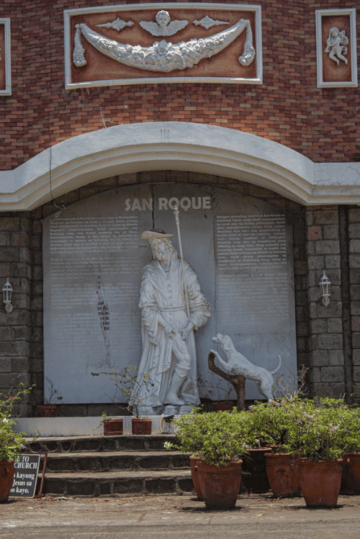

Local Attractions
Batangas in the Philippines offers a range of local attractions that cater to various interests. These are just a few of the attractions you can explore in Batangas. Whether you’re interested in history, nature, or relaxation, the city offers something for everyone.
Getting Around

Buses
Buses provide transportation for longer distances, connecting Batangas with other regions and provinces. These buses have designated terminals and offer a more comfortable option for longer journeys.

Jeepneys
Jeepneys are a staple mode of public transportation in the Philippines. They are colorful, elongated jeeps that can carry multiple passengers. Jeepneys follow specific routes and have fixed fares.
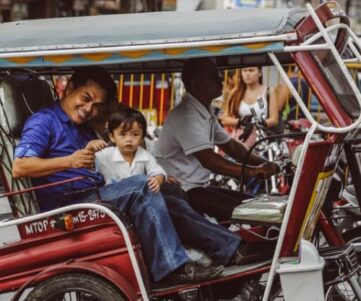
Tricycles
These motorized vehicles consist of a motorcycle with a sidecar, which can accommodate around 3 to 4 passengers. Tricycles are commonly used for short trips within the city, and fares are usually negotiable.
